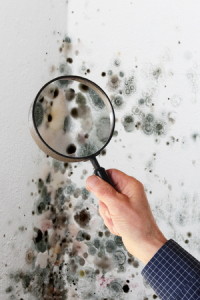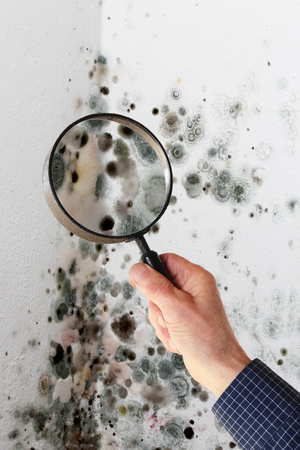 Does your business have an unwelcome guest? We are talking about mold. Most people have some familiarity with mold. It’s the nasty green and fuzzy growth that appears when you leave something in the fridge for too long. (Gross!) But the reality is there are thousands of species of molds and some afflict office buildings.
Does your business have an unwelcome guest? We are talking about mold. Most people have some familiarity with mold. It’s the nasty green and fuzzy growth that appears when you leave something in the fridge for too long. (Gross!) But the reality is there are thousands of species of molds and some afflict office buildings.
The common denominator is that it can appear when moisture or water, oxygen, and any organic source are present. Mold spores are present in both indoor and outdoor environments. Usually the spores don’t cause issues, but when you add dampness to the equation that changes the game. That’s because mold spores will digest whatever they land on to stay alive. There are mold varieties that grow on wood, paper, carpet, foods and insulation. Others thrive on the dust and dirt particles that gather in the moist and dark regions of a building.
What does this mean to you? While it is impossible to eliminate all molds and mold spores, keeping moisture at bay can help to curb mold growth. Roof leaks, landscaping or gutters that direct water into or under a building all can be culprits. Delayed or insufficient maintenance may only compound the problem. That’s why so it’s critical to stay on track with HVAC tuneups. Elevated humidity levels in a building make for the ideal breeding ground for mold.
One final word: Mold is more than an eyesore. It can be a health hazard and affect peoples physical and mental health, stymying productivity.

